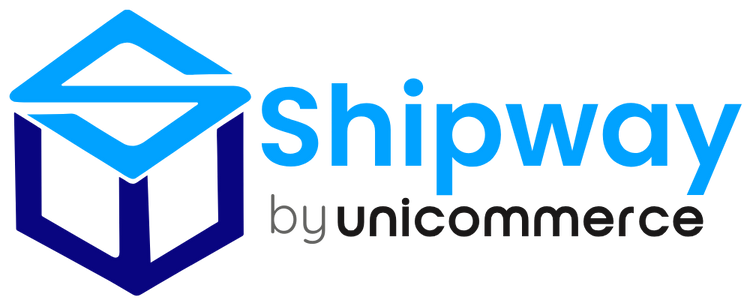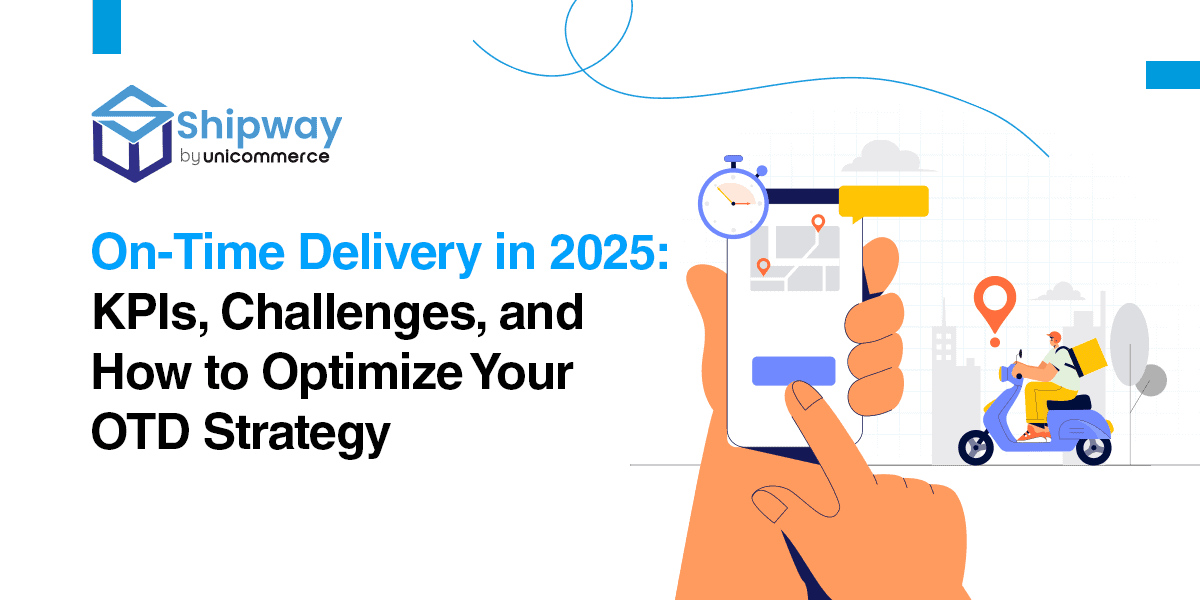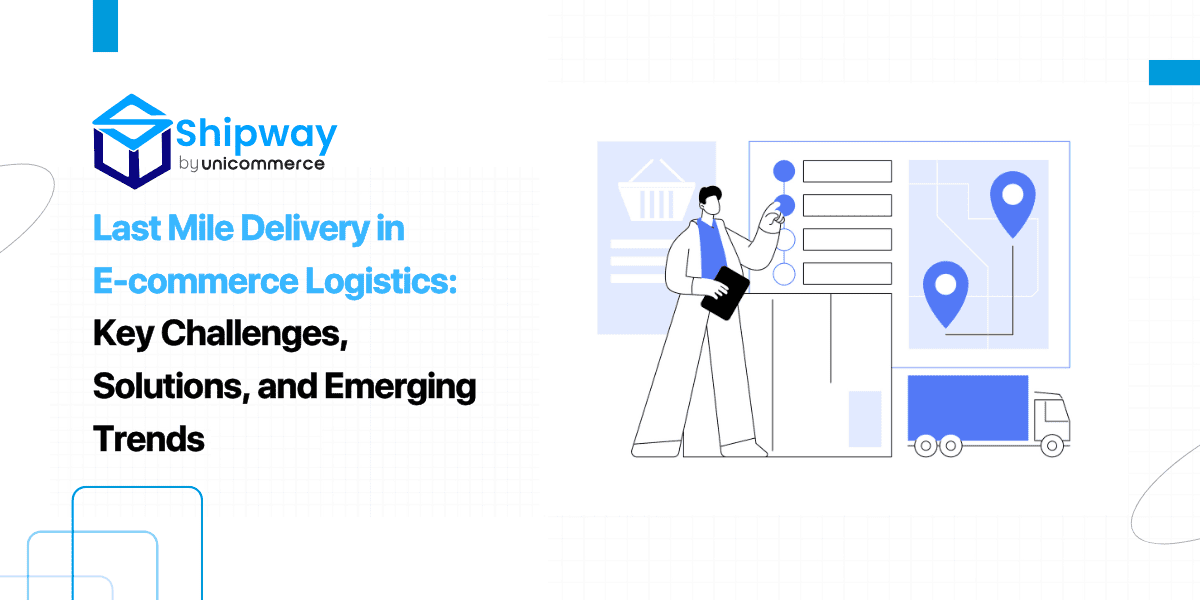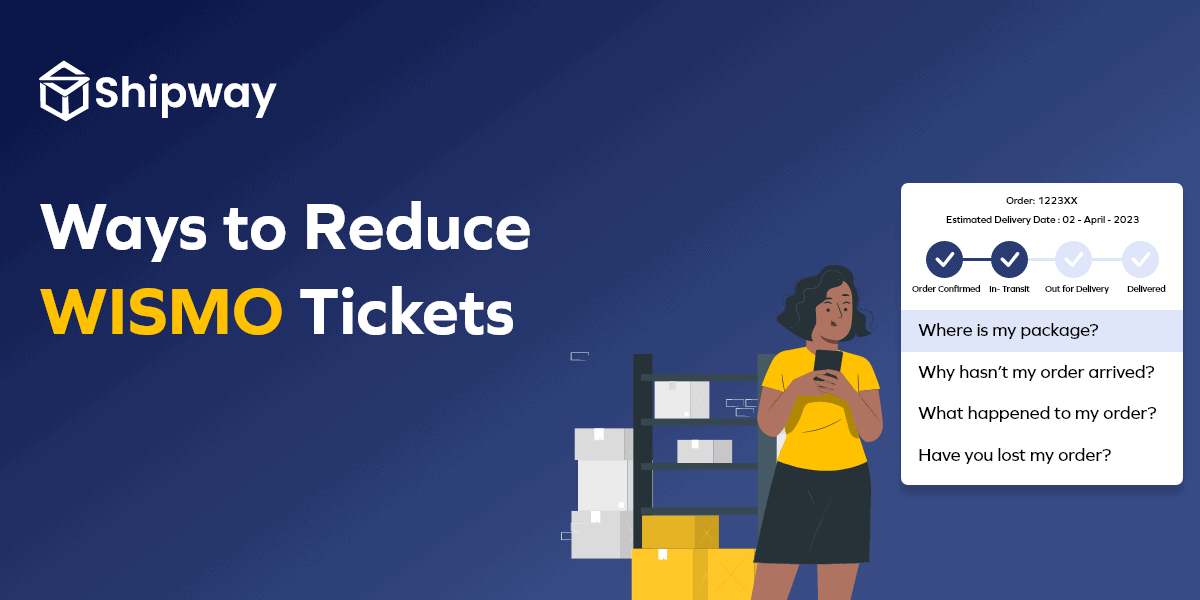In the fast-paced world of e-commerce and logistics, the meaning of on-time delivery has undergone a drastic shift. What was once a simple logistical metric has become a defining factor in customer loyalty and brand reputation. As we move through 2025, meeting delivery promises is more complex than ever, with supply chains facing unprecedented volatility and consumer expectations reaching new heights.
In this post, we’ll dive deep into the new realities of OTD, exploring the essential KPIs you need to track, the most significant logistics challenges you’ll face, and a comprehensive OTD strategy to not only survive but thrive.
What is On-Time Delivery?
At its simplest, On-Time Delivery (OTD) is a logistical metric that measures whether a shipment arrives by the promised date. But in today’s world, that’s just the starting point. The concept has evolved into a key performance indicator that directly reflects customer satisfaction and a brand’s reliability.
For many businesses, the new ultimate goal is On-Time In-Full (OTIF). This metric goes a step further than OTD by making sure a delivery is not only on time, but also complete and accurate. For customer-focused businesses, this combined metric gives you a much better idea of how well you’re doing and helps build a reputation for consistent, reliable service.
The Significance of On-Time Delivery
The concept of OTD has evolved significantly, and its importance today can be summed up in a few key points that drive value:
- Drives Operational Value: OTD has gone from a simple metric to a core KPI that directly reflects the health of your logistics and the efficiency of your operations, providing actionable insights for improvement.
- Builds Customer Trust: A high OTD rate directly signals to customers that your brand is reliable and trustworthy, turning a transactional experience into a relationship that encourages repeat business.
- Increases Brand Loyalty: When customers can count on you to deliver on your promises, they are much more likely to become long-term advocates for your brand, driving significant lifetime value.
Evolving On-Time Delivery (OTD) KPIs in 2025
The era of simply measuring whether a package arrived by a certain date is over. Today, a more nuanced approach is required, and for many businesses, On-Time In-Full (OTIF) has become the gold standard. While OTD measures if a shipment arrives by the promised date, OTIF goes a step further by ensuring the shipment is also complete and accurate.
Here are the key metrics you should be tracking to get ahead:
-
OTD Rate: The foundational metric that calculates the percentage of deliveries made by the promised date. It’s the most straightforward measure of your core delivery capability.
-
Average Days Late: This granular KPI moves beyond a simple pass/fail to quantify the impact of delays. Knowing the average delay time allows you to identify critical bottlenecks and their severity.
-
Delivery Lead Time: This measures the total time from when an order is placed to when it is delivered to the customer. Optimizing this metric is key to meeting the “need for speed” demanded by today’s consumers.
-
Last-Mile Delivery Success Rate: As the most critical and expensive part of the supply chain, the last mile warrants its own metric. A high success rate here indicates an efficient and reliable final leg of the journey.
-
First Attempt Delivery Rate: This measures the percentage of orders delivered successfully on the first attempt. Maximizing this rate minimizes costly and inefficient redelivery attempts.
The Top OTD Challenges for E-commerce & Logistics in 2025
The path to an optimized OTD strategy is riddled with logistics challenges that require more than traditional solutions.
Supply Chain Volatility:
Recent years have highlighted the fragility of global supply chains. Geopolitical conflicts and climate events can halt trade, making traditional “just-in-time” inventory models risky. The trend of nearshoring and regionalization is gaining traction as businesses seek to build more resilient and controllable supply chains closer to home.
The Demanding Consumer:
Prompted by the “Amazon Effect,” consumers now expect real-time visibility and near-instant gratification. They want to track their order from the moment it’s placed and demand flexible delivery options, including same-day or next-day shipping. The complexity of returns and reverse logistics also adds significant pressure, with a smooth returns process now being a key factor in a customer’s purchasing decision.
Technological Integration Gaps:
Even with the best technology, disconnected systems can cripple on-time delivery. Separated systems for warehouse management (WMS), order management (OMS), and transport management (TMS) prevent real-time data flow, leading to miscommunication, delays, and frustrated customers.
Last-Mile Complexity:
The final leg of the journey remains the most challenging. Urban congestion, rising fuel and labor costs, and a shrinking number of conveniently located urban warehouses create significant obstacles. Managing the increasing complexity of delivery options, from home delivery to locker box pickup, adds another layer of difficulty.
How to Optimize Your OTD Strategy for 2025
Successfully navigating these challenges requires a proactive, technology-first approach.
- Harness AI and Predictive Analytics: It’s time to stop just reacting to problems. Use AI and machine learning to analyze historical data, weather patterns, and traffic in real time to anticipate demand and optimize routes before a delay even starts.
- Integrate Your Systems: Make sure your warehouse management (WMS), order management (OMS), and transport management (TMS) systems are all connected. This creates a single source of truth for seamless data flow and prevents costly miscommunication.
- Enhance Your Last-Mile Network: Go beyond traditional last-mile delivery. Diversify your carrier mix, and consider adding new options like pickup points or locker boxes to give customers more choices and reduce your costs.
- Set Realistic Delivery Promises: Use real-time data from your integrated systems to provide transparent, accurate delivery dates that you can actually meet. This manages customer expectations and builds trust.
- Diversify and Manage Your Carrier Mix: Don’t rely on just one carrier. Use a data-driven approach to dynamically choose the best carrier for each shipment based on performance, cost, and route, creating a more resilient supply chain.
- Provide Proactive Communication: Keep your customers in the loop with automated, real-time tracking and notifications. This transparency helps reduce customer inquiries and builds loyalty.
- Streamline Reverse Logistics: A frictionless return process is a must. Whether it’s through prepaid labels or box-free returns, making returns easy can turn a potential negative experience into a positive one and encourage repeat business.
How Shipway Helps Sellers Optimize On-Time Delivery and Delight Customers
Shipway’s platform is designed to transform logistics challenges into opportunities for growth by providing a seamless, end-to-end solution.
- Centralized Platform & Smart Automation: Shipway acts as a centralized, technology-driven platform for managing all shipping activities and courier partners. The platform automates the entire process from order processing to label generation, making fulfillment smoother and more efficient. It also uses AI to automatically choose the most suitable courier for each order, considering factors like cost, delivery speed, and reliability.
- Proactive Communication & Customer Experience: Shipway provides customers with a branded, unified tracking page and real-time status updates via SMS and WhatsApp. These proactive order status updates help keep customers informed, reduce “Where Is My Order” (WISMO) calls, and enhance the overall delivery experience.
- Actionable Insights & Optimization: The platform provides advanced analytics on orders and shipments, giving businesses insights to further optimize their delivery processes. It also automates follow-ups for delivery issues, ensuring customers receive their packages and lowering the likelihood of RTO.
- Efficient Order Fulfillment: Automatic allocation of packages based on weight and dimensions ensures accuracy in the fulfillment process.
Key Takeaways & A Look Ahead
The path to on-time delivery in 2025 is defined by a shift from a reactive to a proactive mindset. Success hinges on a robust OTD strategy that leverages technology, optimizes operational processes, and relentlessly focuses on the customer experience.
The future of logistics will be even more connected and intelligent, with emerging trends like blockchain for enhanced transparency and hyper-personalization for last-mile services. Businesses that embrace this evolution will be best positioned to meet customer expectations and build a resilient supply chain.
To learn more about how to elevate your on-time delivery performance, contact Shipway’s team of experts today.
What is On-Time Delivery (OTD)?
OTD measures the percentage of orders delivered on or before the promised date. It’s a key metric for logistics efficiency and customer satisfaction.
Why is OTD important in 2025?
High OTD is crucial for customer retention, building a strong brand reputation, and improving operational efficiency in a market with rising consumer expectations for fast delivery.
What are the main challenges to OTD?
Key challenges include rising consumer expectations, urban congestion, supply chain disruptions, and a lack of real-time visibility into the delivery process.
How do I measure OTD effectively?
Beyond OTD, track related KPIs like On-Time In-Full (OTIF), First Attempt Delivery Rate, and transit time to get a complete picture of your performance.
How can a business optimize its OTD strategy?
Optimize your strategy by setting realistic delivery expectations, using technology for real-time tracking and route optimization, and enhancing communication with customers about their order status.





